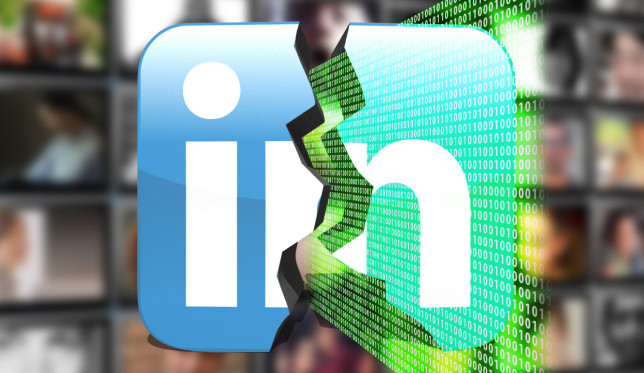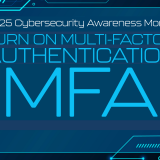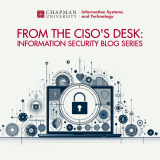
Passphrases and the top 20 commonly used passwords on LinkedIn Are we making it too easy?
May 23, 2016
Back in 2012 LinkedIn suffered a breach wherein 6.5 million passwords were exposed. LinkedIn responded by forcing a password reset on all 6.5 million impacted accounts. This week reports have surfaced about an additional dataset of email and hashed passwords of more than 100 million LinkedIn members (please copy and paste https://blog.linkedin.com/2016/05/18/protecting-our-members). This additional dataset is believed to be sourced from that same 2012 data breach. As a result, LinkedIn will most likely be responding by again forcing a password reset of a subset of its customer base.
The top 20 passwords from this dataset (now publicly available) is below:
Rank | Password | Frequency
1 123456 753,305
2 linkedin 172,523
3 password 144,458
4 123456789 94,314
5 12345678 63,769
6 111111 57,210
7 1234567 49,652
8 sunshine 39,118
9 qwerty 37,538
10 654321 33,854
11 000000 32,490
12 password1 30,981
13 abc123 30,398
14 charlie 28,049
15 linked 25,334
16 maggie 23,892
17 michael 23,075
18 666666 22,888
19 princess 22,122
20 123123 21,826
These passwords were stored in a hashed form (encrypted by running through a mathematical function to generate a completely different value) but the bad guys were able to reverse engineer the passwords because these passwords contained commonly used words and numbers.
Malicious hackers use easily available tools that obtain real passwords by comparing against databases of hashes of known words, also called a dictionary attack.
This is a good reminder to not use simple and easy to guess passwords. The top 20 password list in the LinkedIn hack above contain simple words that were easily hacked.
Use a unique password instead of a commonly used word or set of numbers. The more the number of characters and the more irregular the combination of the characters, the more difficult and tougher it is to crack a password.
So how do you make your password longer without then running the risk of forgetting your password in the first place?
Information Security recommends the use of pass-phrases which are sentences that are complex and much more difficult to break. A pass-phrase such as “I have a 2012 mustang!” is difficult to break because it has characters such as a space and exclamation mark and it is longer than a regular 8 character password. Remember that not all online sites will support pass-phrases, so use pass-phrases wherever supported.
If you haven’t changed your LinkedIn password since 2012, it is a good idea to change your password now. We hope the LinkedIn easily guessed password list is an eye opener and a good reason for you to consider to moving from a simpler password to a uniquely longer and safer and easier to remember pass-phrase!

